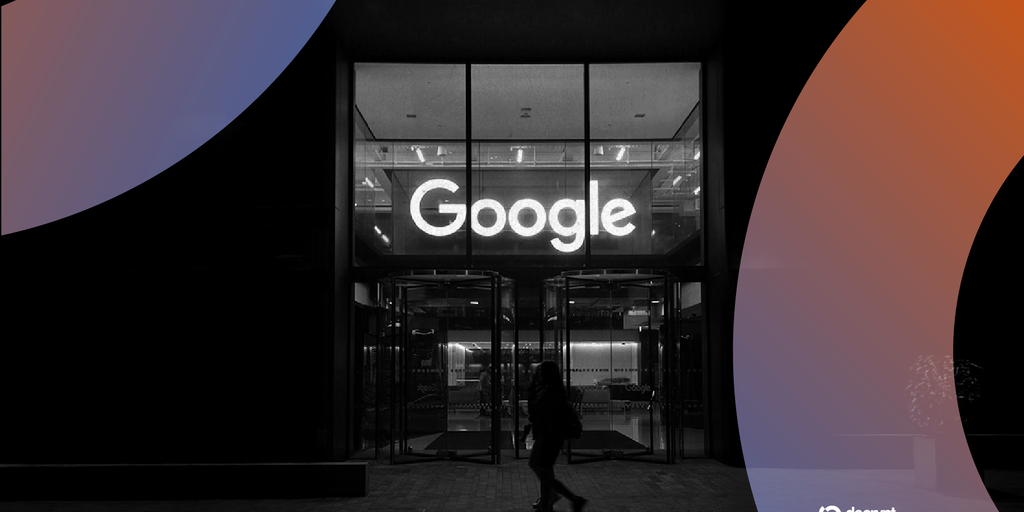Explore the unveiling of Google's new AI model, Veo 3.1, as it steps up to battle OpenAI's Sora 2. Delve into the features, competitive landscape, and implications of this AI power struggle.
Google Unveils Veo 3.1 to Rival OpenAI's Sora 2—Can It Compete?
Estimated Reading Time: 4 minutes
Main Points:
- Introduction of Veo 3.1 by Google
- Features and enhancements in Veo 3.1
- Comparison with OpenAI's Sora 2
- Focus on safety, ethics, and user trust
- Market implications and scalability concerns
Subtitle
Revolutionizing AI: Will Veo 3.1 Uproot Sora 2?
In a bold move to solidify its position as a leader in artificial intelligence, Google has unveiled its latest generative AI model, Veo 3.1. The announcement, which took the tech world by storm, positions Google as a formidable competitor to OpenAI's Sora 2, another leading generative AI in the space. But the big question remains: Does Veo 3.1 have what it takes to dethrone the reigning Sora 2?
Google's Veo 3.1 comes packed with promising capabilities and upgraded features. In addition to enhanced natural language understanding, the model boasts improved contextual analysis, designed to elevate user experience by generating more accurate responses and predictions. The incorporation of multi-modal inputs, such as text, audio, and images, demonstrates Google's commitment to making Veo 3.1 a versatile tool for practical and creative applications across industries. From assisting businesses with data-driven decisions to enhancing creative outputs for artists, Veo 3.1 seems geared toward redefining the boundaries of AI functionality.
However, OpenAI's Sora 2 still looms large as a formidable counterpart. Launched earlier this year, Sora 2 quickly gained fame for its unparalleled speed, learning capabilities, and ability to integrate seamlessly across platforms. While Veo 3.1 showcases enhancements, the competition remains fierce, with enthusiasts and experts split on whether Google can truly claim dominance in this AI showdown.
What sets Veo 3.1 apart, Google argues, are its safety measures and ethical considerations. In an era where concerns like AI bias and misinformation plague the industry, Google emphasizes Veo 3.1's groundbreaking alignment protocols. These protocols are designed to minimize bias and prioritize transparency, a move aimed at securing trust among users and developers alike. This focus aligns well with the needs of governments and institutions advocating for more responsible AI usage globally.
Still, skepticism arises regarding Veo 3.1's affordability and scalability for developers compared to Sora 2, which has been praised for its cost-effectiveness. Google has hinted at flexible pricing models but has yet to reveal specifics, leaving much to speculation among industry insiders. Scalability and accessibility could play crucial roles in swaying developers toward one model over the other.
The unveiling of Veo 3.1 also comes amid increased scrutiny over the power dynamics of AI giants. With Google and OpenAI vying for dominance, the AI industry is witnessing an ecosystem ripe for innovation but fraught with challenges around equitable advancement and monopoly concerns. For those involved in crypto and blockchain, these developments spark particular interest due to AI’s potential for redefining financial systems and decentralized applications.
In conclusion, while Veo 3.1 symbolizes Google's ambitious push into the AI space and boasts impressive features, its ability to ‘deliver'—both for users and developers—remains the key variable in this race against OpenAI's Sora 2. Consumer trust, scalability, and affordability could ultimately decide the victor in this titanic clash between AI powerhouses. As both companies refine their offerings, the future of artificial intelligence appears closer than ever, bringing massive implications not only for technology but for industries like crypto, finance, and beyond.


